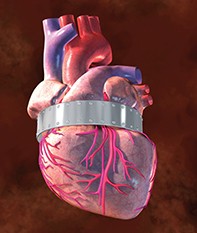Peer Reviewed
Feature Article Cardiovascular medicine
Risk stratification in non-ST-segment-elevation ACS
Abstract
The use of objective tools to determine the risk of ischaemic complications in patients with non-ST-segment elevation acute coronary syndromes helps the appropriate application of evidence-based therapies but these patients are often undertreated. GPs should check that the secondary prevention strategies patients are discharged on are optimal.
Key Points
- Guidelines recommend risk stratification for patients presenting with non-ST-segment elevation acute coronary syndromes (NSTEACS).
- Both clinical and objective risk stratification tools have been developed; the latter have better predictive value but are seldom applied.
- Patients at highest risk have the most to gain from evidence-based treatment. However, cardiologists tend to underestimate the risk of adverse events and overestimate the risk of harm from investigations and therapies, and undertreat these patients.
- Wider use of objective assessment tools such as predictors of the likelihood of death or myocardial infarction and bleeding risk and frailty scores may minimise unjustified risk-averse behaviour and promote use of appropriate therapies.
- Following discharge after NSTEACS, the patient’s GP should ensure optimal secondary prevention.
Purchase the PDF version of this article
Already a subscriber? Login here.

